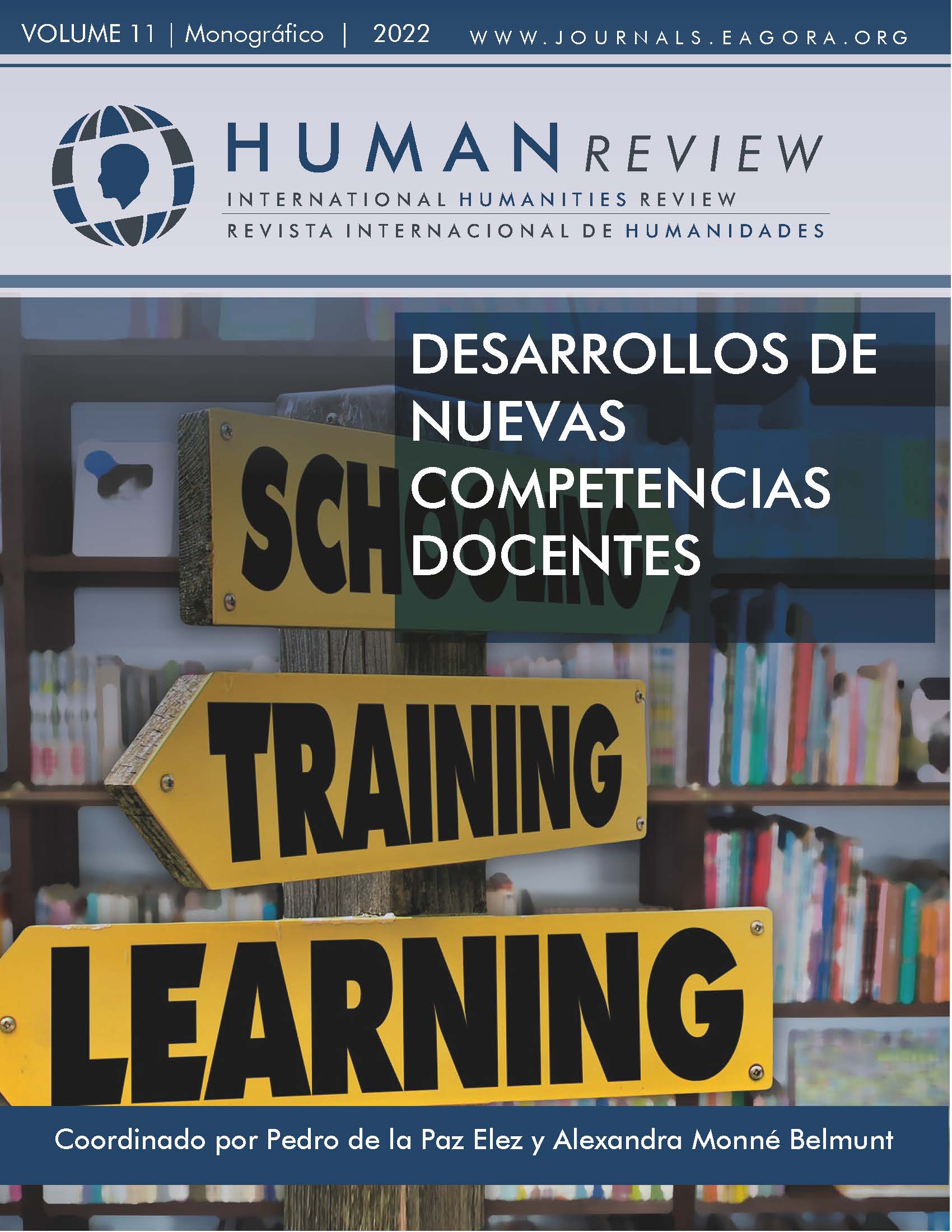Instrument to evaluate the richness of creative production in conceptual mechanical design
DOI:
https://doi.org/10.37467/revhuman.v11.3854Keywords:
Creative evaluation, Consensual Assessment, Creative systematization, Conceptual design, Mechanical Engineering, Classroom experiences, Mind visualizationAbstract
Classroom experiences from the National University of Rosario, Argentina, are shared. Its objective is to create an instrument to evaluate the creative richness in mechanical design, with an exploratory and proactive method of instrument valida- tion and pilot tests on 156 students. They resulted from imagining diverse objects, compatible with a given view, and defining five levels of richness according to the quantity, diversity and quality of responses compared against a pattern of solu- tions created by experts. Changes in duration, stimulus complexity, and presence of pre-existing solutions were tested, confirming their potential to investigate creativi- ty in this specific domain.
References
Altshuller, G. S. (1984). Creativity as an Exact Science. The Theory of the Solution of Inventive Problems. (1st ed.). CRC Press. https://doi.org/10.1201/9781466593442. DOI: https://doi.org/10.1201/9781466593442
Amabile, T. M. (1982). Social psychology of creativity: A consensual assessment technique. Journal of personality and social psychology, 43(5), 997-1013. https://doi.org/10.1037/0022-3514.43.5.997 DOI: https://doi.org/10.1037/0022-3514.43.5.997
De Bono, E. (1970). Lateral Thinking. A Textbook of Creativity. Harper & Row, Publishers.
Hennessey, B.A., Amabile, T.M. & Mueller, J.S. (2011). Consensual Assessment en Mark A. Runco & Steven R. Pritzker (Eds.), Encyclopedia of Creativity (2nd Edition, pp. 253-260). Academic Press. https://doi.org/10.1016/ B978-0-12-375038-9.00046-7
Huidobro Salas, T. (2004). Una definición de la creatividad a través del estudio de 24 autores seleccionados. [Tesis doctoral]. Universidad Complutense de Madrid. https://eprints.ucm.es/id/eprint/4571/
Laime Pérez, M. C. (2005). La evaluación de la creatividad. Liberabit – Revista Peruana de Psicología. 11, 35-39. Morales Valiente, C. (2017). La creatividad, una revisión científica. Revista Científica De Arquitectura Y Urbanismo, 38(2), 53–62. https://rau.cujae.edu.cu/index.php/revistaau/article/view/420
Mitjáns Martínez, A. (1993). ¿Cómo evaluar la creatividad? Revista Cubana de Psicología, 10 (2-3), 104-121.
Nishiyama, J.C. y Requena, C.E. (2019). Los 40 principios de inventiva de TRIZ: metodologías para el desarrollo de la creatividad en ingeniería. Libro digital, PDF. EdUTecNe. http://hdl.handle.net/20.500.12272/4038
Pahl, G., Beitz, W., Feldhusen, J. & Grote, K.H. (2007). Engineering Design: A Systematic Approach. 3rd Edition, Springer-Verlag London Limited. http://dx.doi.org/10.1007/978-1-84628-319-2 DOI: https://doi.org/10.1007/978-1-84628-319-2
Redelinghuys, C. (1997). A Model of the Measurement of Creativity. Part I: relating expertise, quality and creative effort. International Journal of Engineering Education. 13 (1), 30-41.
Serrano C. (2022, julio 02). Cómo el bosón de Higgs cambió nuestra comprensión del universo (y por qué le arruinó la vida al físico que lo descubrió). BBC News Mundo. Recuperado de: https://onx.la/d5478
Shah, J. J., Vargas-Hernandez, N., & Smith, S. M. (2003). Metrics for measuring ideation effectiveness. Design Studies, 24(2), 111-134. https://doi.org/10.1016/S0142-694X(02)00034-0 DOI: https://doi.org/10.1016/S0142-694X(02)00034-0
Tang, H. H. and Gero, J. S. (2002) A cognitive method to measure potential creativity in designing, in C Bento, A Cardoso and G Wiggins (eds). Workshop 17 - Creative Systems: Approaches to Creativity in AI and Cognitive Science, ECAI-02, Lyon, pp. 47-54
Valderrey, M. E. (2022). Experiencias áulicas en Síntesis de Mecanismos y Máquinas – Universidad Nacional de Rosario – Apéndice 1: Imágenes. https://onx.la/99d3e
Vargas Hernandez, N., Okudan, G. E., & Schmidt, L. C. (2012). Effectiveness Metrics for Ideation: Merging Genealogy Trees and Improving Novelty Metric. Proceedings of the ASME 2012 International Design Engineering Technical Conferences and Computers and Information in Engineering Conference. Volume 7: 9th International Conference on Design Education; 24th International Conference on Design Theory and Methodology. Chicago, Illinois, USA. August 12–15, 2012. pp. 85-93. ASME. https://doi.org/10.1115/ DETC2012-70295
Downloads
Published
How to Cite
Issue
Section
License
Those authors who publish in this journal accept the following terms:
- Authors will keep the moral right of the work and they will transfer the commercial rights.
- After 1 year from publication, the work shall thereafter be open access online on our website, but will retain copyright.
- In the event that the authors wish to assign an Creative Commons (CC) license, they may request it by writing to publishing@eagora.org









